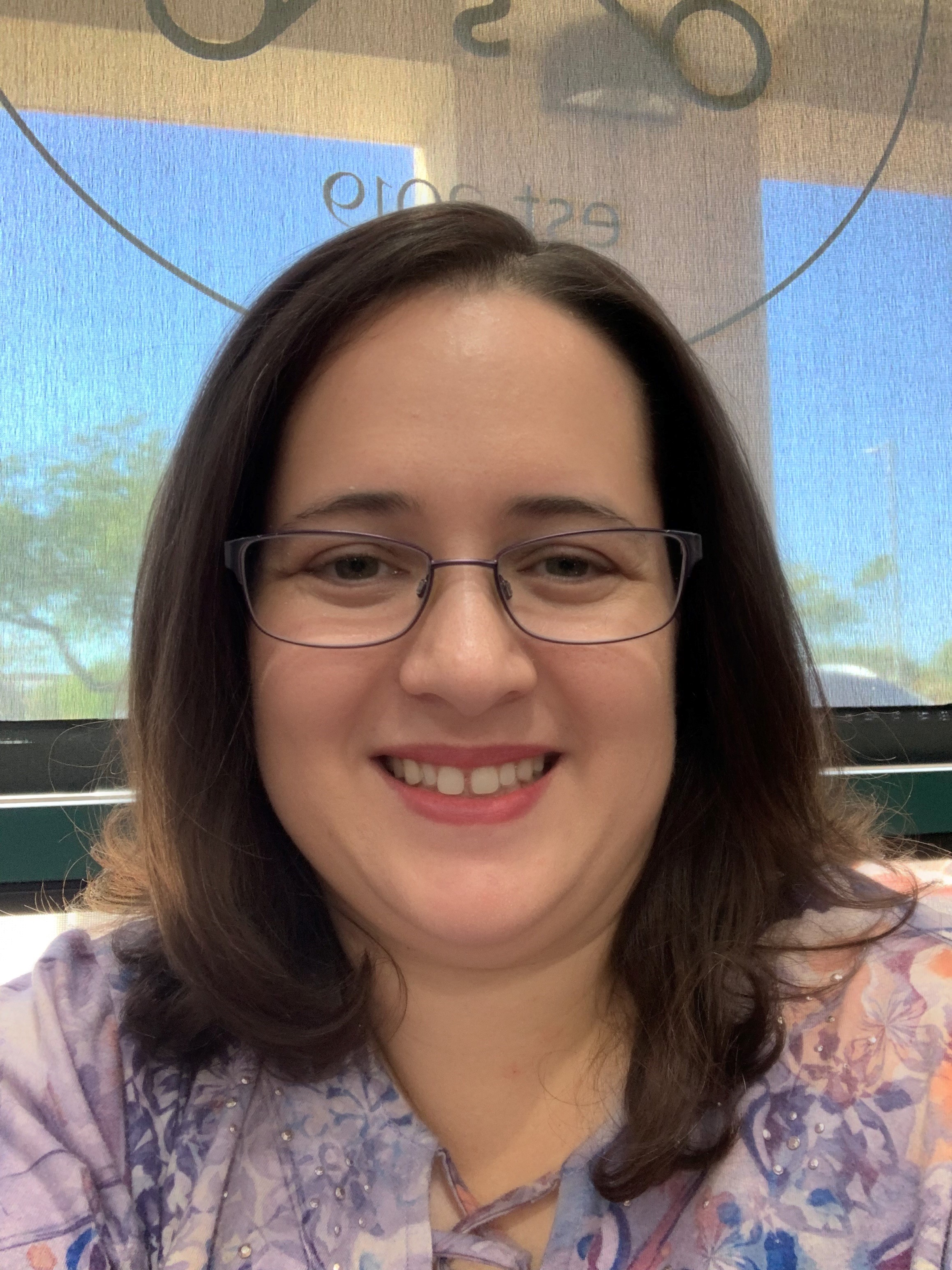Alpha Minds, Real Tools with Queen Michele

The conversation with Queen Michele begins with a simple truth many educators feel but rarely name: survival can quietly replace purpose. She describes retiring after 27 years in classrooms and admin, then facing a pension that covered rent but not a life. Instead of trading years for side gigs, she asked a braver question—what if she changed where and how she lived? Mexico answered with a softer landing: a three-and-a-half-hour flight from Atlanta, an eternal spring climate, and a strong expat network around Lake Chapala. That move wasn’t escapism; it was a hinge. Away from the grind, she met a deeper self and wrote the first drafts of a new vocation—books on inner life and a brand grounded in mindful, practical transformation. The quiet becomes loud in a different way when you’re living closer to your values.
The path wasn’t linear. A caregiving call pulled her back to Detroit—two parents in crisis, two ends of a rehab hallway, four winters, and the kind of holding pattern that bends time. A forgotten book on a shelf—52 Insights for Living New Earth Now—reignited with a niece’s casual comment: This belongs in school. A retired administrator sharpened the insight further: not high school first, middle school. That’s when everything clicked. The work wasn’t for a general adult audience; it was for a very specific learner profile: Generation Alpha. Born 2010–2024, the first cohort fully native to the 21st century, these kids learned to swipe before they learned to form letters. Their world never powers down. Their attention is external by default and algorithmically shaped. If previous generations had “after the show, the TV goes dark,” Alpha has “always on,” with peers, brands, and content in spaces many adults don’t even see. If teaching is translation, then we must first learn their language.
Queen’s curriculum, 52 Insights for Gen Alpha: A Conscious Curriculum, is SEL with a backbone: a full year plus, mapped to self-awareness, self-management, relationship skills, social awareness, and conscious decision-making. It doesn’t try to replace content areas; it complements them with grounding routines that give students internal controls in an external storm. One signature routine is the 4-4-6 breath: inhale four, hold four, exhale six, paired with simple emotional literacy—breathe in calm, breathe out anger; in peace, out fear; in focus, out anxiety. It’s short, repeatable, and transferable. Students can lead it, choose the words, and own the process. This isn’t abstract mindfulness; it’s a daily ritual that de-escalates, centers, and builds a shared tone before the lesson begins. Over time, the class culture shifts: kids co-regulate, teachers regain instructional minutes, and the climate supports learning instead of firefighting.
Piloting the curriculum in two middle schools confirmed the need and revealed the friction. Teachers are stretched: post-pandemic gaps, behavior spikes, nutritional factors, and administrative demands make every transition volatile. The sobering takeaway: the unconscious can’t teach consciousness. If teachers are dysregulated, rituals don’t stick. That’s not a judgment; it’s a system reality. The solution is twofold. First, embed teacher-facing micro-practices—breathwork, check-in prompts, short scripts—to stabilize the adult before the group. Second, integrate AI to make the curriculum consumable and adaptive. Gen Alpha expects personalization and interactive feedback. AI can help generate age-appropriate scenarios, differentiate reflection prompts, model healthy dialogue, and simulate role-plays where students practice choices and see consequences in safe sandboxes. With guardrails and transparency, AI can make SEL feel responsive, not remedial.
For instructional designers and educators, knowing your learner is the shortest path to connection. Do a generational deep dive: Alpha (13 and under), Gen Z (teens to mid-20s), Millennials, and beyond—each carries distinct signals about attention patterns, communication norms, and motivation. But avoid stereotypes. Use the research to ask better questions: How do they prefer to collaborate? What scaffolds reduce friction in group work across time zones? How can we make social-emotional routines student-led to build autonomy? One practical design move: make the first minute of class sacred. Start with 4-4-6, use three emotion words, let a student lead, and keep it to 60 seconds. Follow with a 30-second micro-prompt: What will focus look like today? Name one support you’ll use. Capture answers on a whiteboard or digital wall. This ritual becomes the spine of your classroom: short, humane, and high-yield.
🔗 Website and Social Links:
Please visit Queen Michele’s website and social media links below.
📢 Call-to-Action:
- View the 16-chapter blog, “My Soul’s Journey Home”
- Donate monetarily to the non-profit’s mission
- Order any of my publications that resonate
Photo by Tima Miroshnichenko: https://www.pexels.com/photo/a-top-shot-of-people-reading-books-6549344/


